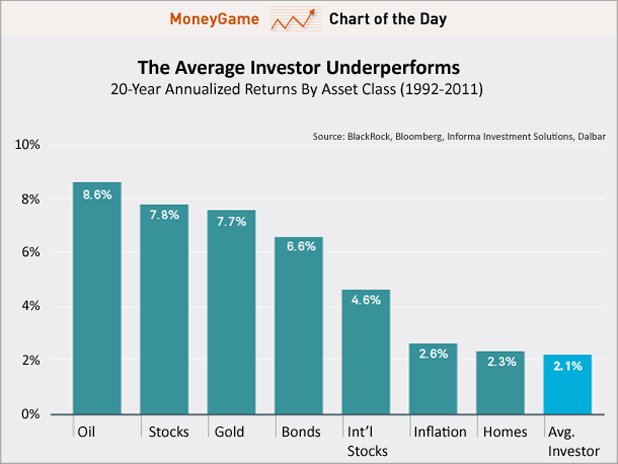The Federal Reserve has thrown a wrench into what was shaping up to be a very good six months for investors. Since you can’t do much about the timing of the Fed’s policies and the gyrations in the market, six months into the year is a perfect time to revisit the financial issues over which you actually have control: your investments, retirement savings and some of those other financial to-do’s that have been on your list for a while. Investments: Quit complaining about the markets and DO SOMETHING. Remember that if you are a long-term investor, periodic market pullbacks are great opportunities to rebalance your accounts so that your allocation remains in check. This requires that you override your emotional urge to keep winning funds and dump those that are lagging. But that’s the point of asset allocation—various funds are supposed to move in different directions at different points in the economic cycle.
Bonds: Given the recent move in the bond markets, you may be tempted to sell all of your bonds. But of course that would be market timing and you are not going to fall for that, are you? Here are alternatives to a wholesale dismissal of the fixed income asset class:
- Lower your duration: This can be as easy as moving from a longer-term bond into a shorter one. Of course, when you go shorter, you will give up yield. It may be worth it for you to make a little less current income in exchange for diminished volatility in your portfolio.
- Use corporate bonds: Corporate bonds are less sensitive to interest-rate risk than government bonds. This does not mean that corporate bonds will avoid losses in a rising interest rate environment, but the declines are usually less than those for Treasuries.
- Explore floating rate notes: Floating rate loan funds invest in non-investment-grade bank loans whose coupons "float" based on the prevailing interest rate market, which allows them to reduce duration risk.
- Keep extra cash on hand: Cash, the ultimate fixed asset, can provide you with a unique opportunity in a rising interest rate market: the ability to purchase higher yielding securities on your own timetable.
Retirement: Many people say they are worried about retirement, but most of them haven’t done any planning to help themselves. Any conversation about retirement must start with an easy step: calculating your retirement numbers. EBRI’s “Choose to Save Ballpark E$timate” (www.choosetosave.org/ballpark/) is easy to use, or check out your retirement plan/401(k) website for more retirement tools.
Homeowners and Renters insurance: It seems like the past year has seen an unusual number of natural disasters from tornados to hurricanes to wild fires. Summer often brings more scary weather, so before an event occurs; make sure that your current coverage is adequate. The three biggest mistakes that people make with their homeowners or renters insurance are: 1) under-insuring; 2) shopping for price only and not comparing apples to apples; and 3) not reading policy details before a loss occurs.
Estate Planning: If you haven’t done so already, PLEASE DRAFT A WILL! I advise hiring a lawyer to prepare a will, power of attorney and health care proxy/living will. If you insist on doing it yourself, you can use a software program like Quicken WillMaker. All of your estate documents and final instructions should be stored in a safe place – don’t forget to provide copies to your executor/trustee.
If your total estate is greater than $5.25 million this year, a revocable or changeable trust will shelter your unified tax credit against federal estate and gift taxes. Many states impose a state death tax at lower levels, so check the rules. Even if your estate is unlikely to incur estate taxes, you may want a trust to better control the disposition of your assets. Revocable trust assets are not subject to probate.
Volatile markets are always unsettling, but doing what you can now, may help you feel more in control and enjoy the second half of the year a little more.
Distributed by Tribune Media Services
![Jill on Money [ Archive]](http://images.squarespace-cdn.com/content/v1/59efbd48d7bdce7ee2a7d0c4/1510342916024-TI455WZNZ88VUH2XYCA6/JOM+Blue+and+White.png?format=1500w)





